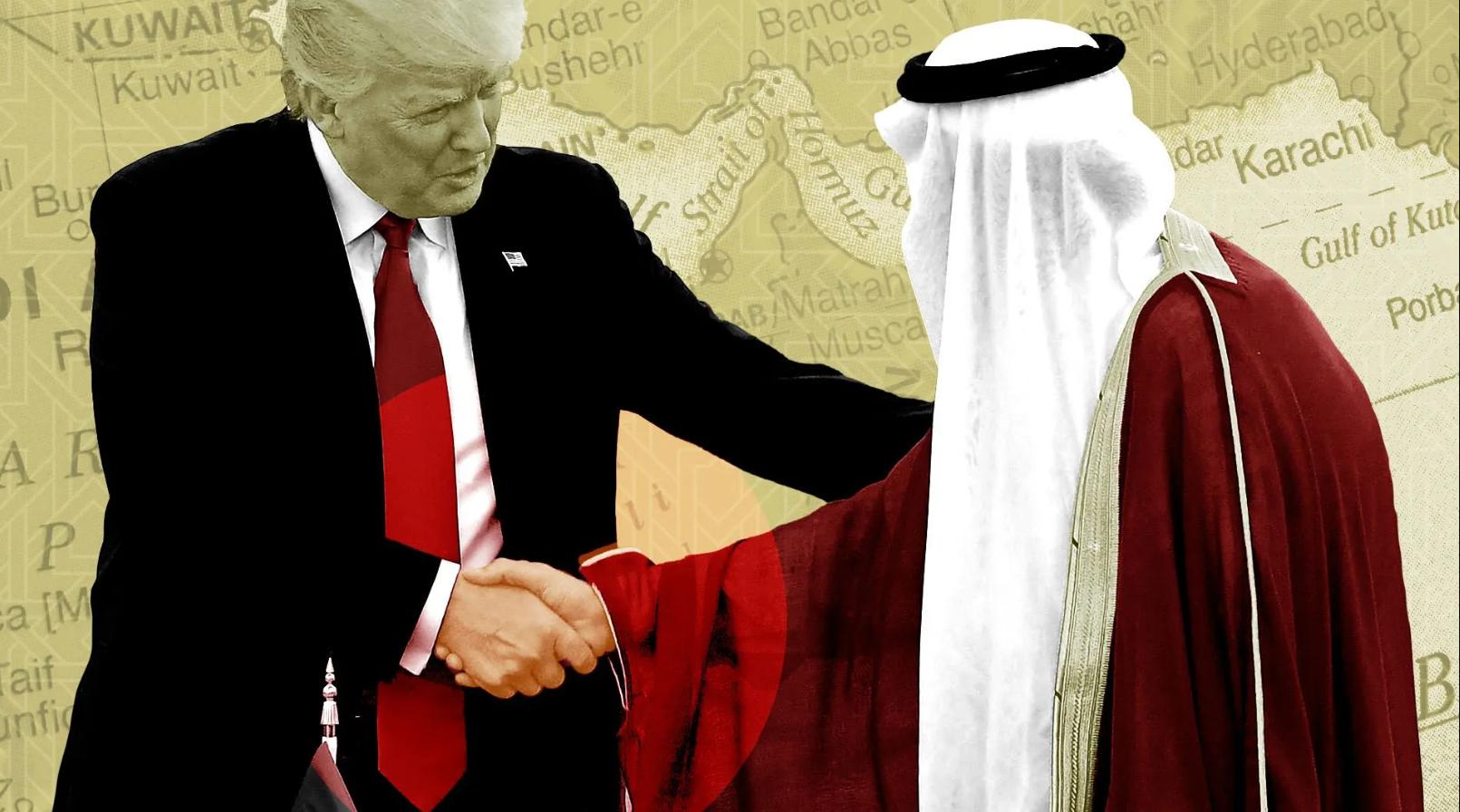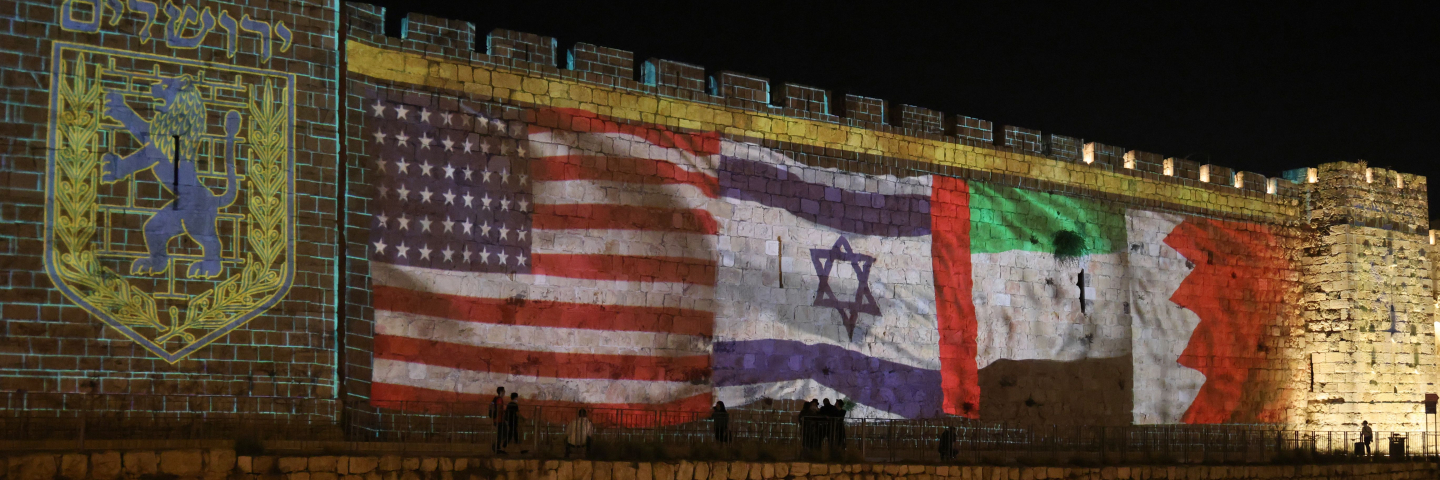While the world remains in shock over Israel’s atrocities in Gaza, Australia, in an unprecedented move aligned with Washington and Tel Aviv, expelled Iran’s ambassador and designated the Islamic Revolutionary Guard Corps (IRGC) as a terrorist organization— a decision that reflects less Canberra’s national interests than its structural dependency on the Western bloc.
Tehran – Iran View24
On Tuesday morning, August 26, Iran was confronted with a surprising development: the Australian government, in an unprecedented and hostile step against the Islamic Republic, citing unproven allegations of Tehran’s involvement in two incidents in Sydney and Melbourne, expelled Iran’s ambassador and suspended the operations of its embassy in Tehran. The decision was further reinforced by Prime Minister Anthony Albanese’s announcement that the Islamic Revolutionary Guard Corps had been placed on Australia’s terrorist list—an act that, while largely symbolic, is entirely explicable and significant in light of Australia’s foreign policy record.
Australia’s Foreign Policy Approach
-
Structural Dependency on the West: Australia has consistently been one of the most loyal allies of the United States and the United Kingdom, and its foreign policy has largely been defined within Anglo-Saxon alliances such as Five Eyes and ANZUS.
-
Alignment with U.S. Strategies: In most international cases—from the wars in Iraq and Afghanistan to sanctions against Iran—Canberra has effectively acted as a follower of Washington’s policies.
-
Projection of Power in the Asia–Pacific: Australia seeks to play the role of a “regional policeman” under U.S. protection, often adopting positions harsher than its actual geopolitical weight would suggest.
-
Particular Sensitivity to Antisemitism: The Jewish community and pro-Israel lobbies hold significant influence in Australia’s domestic politics. As a result, successive governments in Canberra have adopted strict and sometimes extreme positions on issues related to Israel and Judaism.
Motivations Behind Canberra’s Move
In addition to hidden considerations within the trilateral relations among Australia, Israel, and the United States—and efforts to divert global public opinion from Israel’s war crimes in Gaza, most recently the attack on Nasser Hospital and the ensuing wave of international condemnation—the following motivations can be identified:
-
Coordination with the U.S. and Israel: The timing of this move reflects Canberra’s clear alignment with Washington and Tel Aviv’s renewed pressure on Tehran, as if Australia once again assumes the role of the West’s “political infantry.”
-
Sending a Political Message: Expelling Iran’s ambassador, more than a substantive measure, is a diplomatic gesture—an explicit declaration of Canberra’s loyalty to the U.S.–Israel axis.
-
Domestic Calculations: By taking a hardline stance against Iran, Prime Minister Anthony Albanese seeks to appease the Jewish community, the media, and segments of domestic public opinion.
Possible Scenarios Ahead
-
Escalation of Political Confrontation
If the current trajectory continues, Australia will likely take further hostile steps—such as tightening sanctions, imposing more diplomatic restrictions, and expanding intelligence cooperation with Israel. In response, Iran would be compelled to adopt reciprocal measures, including expelling Australian diplomats or restricting commercial and cultural ties, leaving relations at a minimal level. -
Crisis Management and Maintaining Minimal Channels
Despite the ambassador’s expulsion, Canberra may keep certain communication channels open. This would create a form of “frozen but existent” relations, which in the future could serve as a basis for de-escalation or limited dialogue. -
Partial Resumption of Limited Relations
Australia might, once U.S. and Israeli pressure subsides, gradually restore a degree of diplomatic relations with Iran—similar to its previous conduct toward China and some Asian states. Nevertheless, structural distrust in the relationship will remain.
Conclusion
Australia’s recent move, rather than reflecting Canberra’s national interests, is the product of the country’s structural and historical alignment with U.S. and Israeli policies. This stance is entirely consistent with the trajectory of Australia’s foreign policy and reaffirms that it remains firmly embedded within the broader Western strategic framework.
For Iran, the most realistic course of action lies in crisis management, diplomatic restraint, active public diplomacy in domestic and international media, and a purely instrumental view of relations with Australia. Unlike Europe or China, Australia carries no independent weight in Iran’s global calculus and functions largely as a complementary arm of the West.






